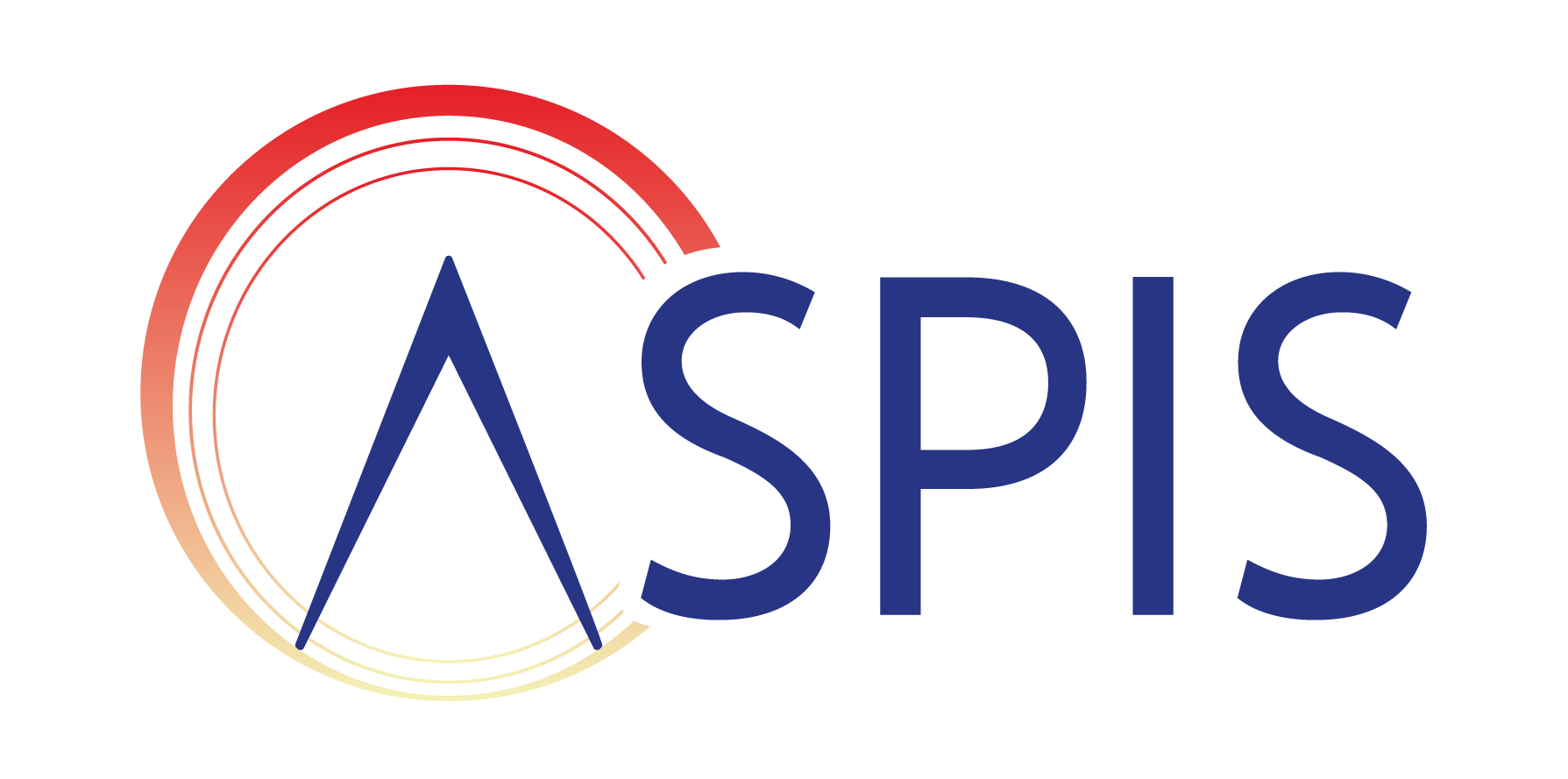The ASPIS cluster submitted comment in a public consultation to Annexes to the Commission Delegated Regulation amending Regulation (EC) No 1272/2008 as regards hazard classes and criteria for the classification, labelling and packaging (CLP) of chemical substances and mixtures.
Since the beginning of 2021, the EU is investing 60 M€ over the next 5 years in three international projects (ONTOX, PrecisionTox, RISK-HUNT3R) entirely dedicated to accelerate chemical safety assessment without the use of animal testing. In recognition of the tremendous advancement of science in this field, the budget of the H2020 Programme dedicated to the development of non-animal methods has more than doubled since the last funding period. Furthermore, the European Union is supporting the European Partnership for Assessment of Risks from Chemicals (PARC) with a contribution of about 200 million Euro until 2029 to develop next-generation chemical risk assessment.
These projects are expected to significantly contribute to the zero-pollution ambition announced by the European Commission in the Green Deal. By empowering EU regulatory bodies with new tools and data for a better management of chemicals, these international endeavors will support the Chemical Strategy for Sustainability (CSS) to deliver “a toxic-free environment” which also foresees significant revisions of the EU legislative framework, such as the Cosmetics Regulation, the CLP regulation and the REACH Regulation.
Alternatives to animal testing, also known as New Approach Methodologies (NAMs), promise to advance regulatory toxicology by filling the knowledge gap that challenges risk assessors and regulators while addressing the growing number of chemicals whose toxicity is still unknown with faster, more reliable and ethical solutions.
Our three consortia led respectively by the University of Birmingham (PrecisionTox), the Vrije Universiteit Brussels (ONTOX) and the Leiden University (RISK-HUNT3R) have joined forces in the ASPIS cluster, which gathers 70 scientific organisations engaged towards the replacement of animal testing.
The CLP Regulation is meant to be the cornerstone from which the rest of the EU chemical legal framework will stem. We strongly believe that the updated CLP Regulation cannot be fit for purpose without reflecting the latest advancement of science in the fields of NAMs. The annexes should make clear reference to NAMs as defined by ECHA as well as introducing further wording towards in vivo alternatives as defined by EFSA wherever weight of evidence and expert judgement is requested.
The lack of reference to NAMs and in vivo alternatives in the new CLP regulation might weaken the current EU’s investment in the development of the next generation of chemical risk assessment and undermine the definition of new standards worldwide. We, therefore, call on the European Commission to seize this opportunity to modernise the EU safety toolbox by enshrining the concepts of NAMs and in vivo alternatives in the future CLP Regulation.
On behalf of the ASPIS cluster:
For ONTOX, Prof. Mathieu Vinken (Vrije Universiteit Brussels)
For PrecisionTox, Prof. John Colbourne (University of Birmingham)
For RISK-HUNT3R, Prof. Bob Van de Water (Leiden University)

